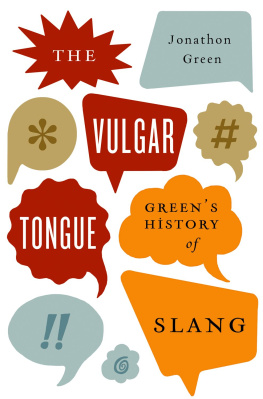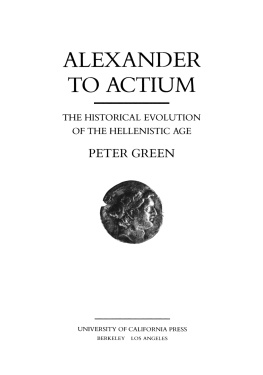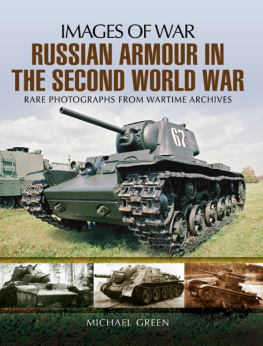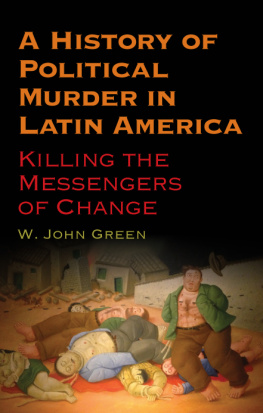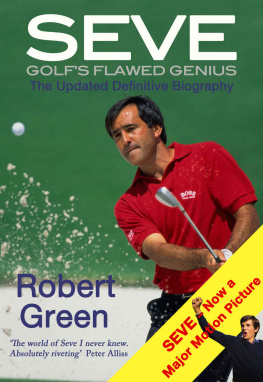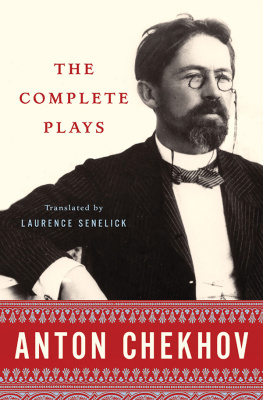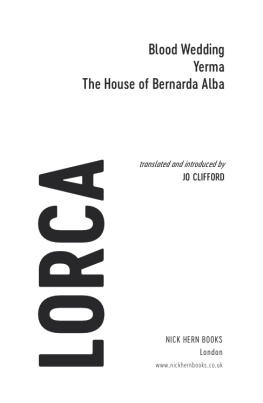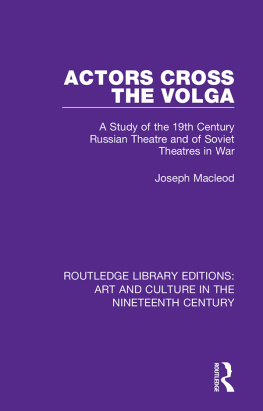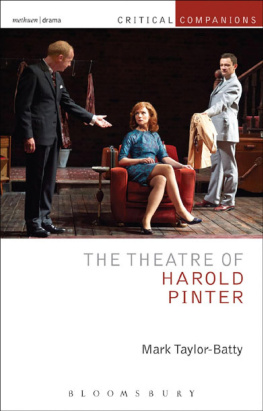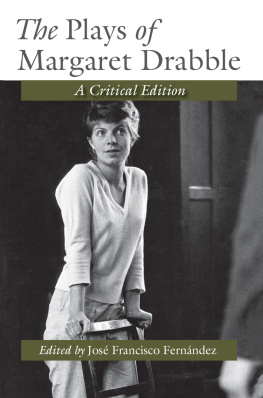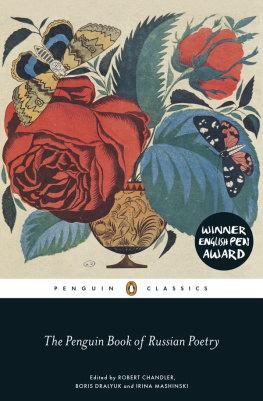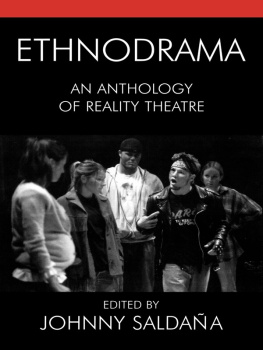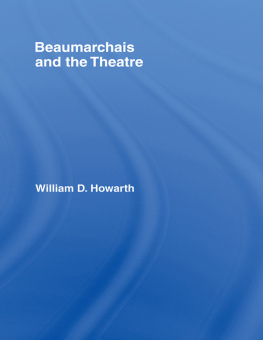

The Firebird in Russian folklore is a fiery, illuminated bird; magical, iconic, coveted. Its feathers continue to glow when removed, and a single feather, it is said, can light up a room. Some who claim to have seen the Firebird say it even has glowing eyes. The Firebird is often the object of a quest. In one famous tale, the Firebird needs to be captured to prevent it from stealing the kings golden apples, a fruit bestowing youth and strength on those who partake of the fruit. But in other stories, the Firebird has another mission: it is always flying over the earth providing hope to any who may need it. In modern times and in the West, the Firebird has become part of world culture. In Igor Stravinskys ballet The Firebird , it is a creature half-woman and half-bird, and the ballerinas role is considered by many to be the most demanding in the history of ballet.
The Overlook Press in the U.S. and Gerald Duckworth in the UK, in adopting the Firebird as the logo for its expanding Ardis publishing program, consider that this magical, glowing creaturein legend come to Russia from a faraway landwill play a role in bringing Russia and its literature closer to readers everywhere.
This edition first published in p aperback in the United States and the United Kingdom in 2013 by Ardis Publishers, an imprint of Peter Mayer Publishers, Inc.
NEW YORK:
The Overlook Press
141 Wooster Street
New York, NY 10012
www.overlookpress.com
For bulk and special sales, please contact sales@overlookny.com , or write us at the above address.
LONDON :
Gerald Duckworth & Co. Ltd.
30 Calvin Street
London E1 6NW
info@ duckworth-publishers.co.uk
www.ducknet.co.uk
Copyright 1986 by Ardis Publishers
All rights reserved. No part of this publication may be or transmitted in an form or by any means, electronic or mechanical, including photocopy, recording, or any information storage and retrieval system now known or to be invented, without permission in writing from the publishers, except by a reviewer who wishes to quote brief passages in connection with a review written for inclusions in a magazine, newspaper, or broadcast.
Library of Congress Cataloging-in-Publication Data
Main entry under title: The Russian symbolist theatre
Includes bibliographical references.
Contents: Against naturalism in the theatre / BriusovThe dictatorship of the director; For a theatre of action; Vera Komissarzhevskaya; The puppet show; The rose and the cross / Blok |etc.|
1. Russian drama19th centuryTranslations into English. 2. Russian drama20th centuryTranslations into English. 3. English dramaTranslations from Russian. 4. TheaterRussian S.F.S.R.History20th centuryAddresses, essays, lectures. 5. Symbolism in literatureAddresses, essays, lectures.
I. Green Michael.
PG3245.R84 1985 89l.7208015 85-20104
Printed in the United States of America
ISBN PRINT: 978-1-4683-0635-4
ISBN EPUB: 978-1-4683-0812-9
2 4 6 8 10 9 7 5 3 1
Go to www.ardisbooks.com to read or download the latest Ardis catalog.
CONTENTS
To anthologize is to exclude, and sometimes to exclude reluctantly. In making the present selection of plays, I will confess to a bias in favor of poetry, ambiguity and surprisequalities that characterize the Russian Symbolist theatre at its most original and interesting. The possession of these qualities rather than formal adherence to a literary faction has been my main criterion for inclusion or rejection.
I wish to thank Dr. Neil Granoien, who prepared the first drafts for the translations of two plays in the present volume: The Rose and the Cross and The Triumph of Death.
I owe a special debt of gratitude to Professor Vladimir Markov, of whose generosity with his time and knowledge I have taken full advantage. My thanks are also due to Professor Robert Cohen, the late Professor Peter Colaclides, Professor Simon Karlinsky and Professor Thrse Lynn for their kind help and advice.
My translation of Kuzmins The Venetian Madcaps first appeared in Russian Literature Triquarterly , No. 7.
The late nineteenth century was a period of rebellion and renewal in the European theatre. Discontent with the mediocrity of the commercial stage with its well-made plays and comfortable moral assumptions had given rise to the New Drama. Less a unified movement than a useful banner to which all those who wished for change in the theatre could rally, the New Drama looked toward both Symbolism and naturalisma dualism embodied in the work of such dramatists of the period as Ibsen, Strindberg, Hauptmann and Chekhov. Poets and philosophers too had their vision of the theatre of the future. Nietzsche dreamed of returning the theatre to its origins in Dionysian ritual and sweeping away the barrier between actor and spectator. Wagner had looked back to the Athenian theatre and seen in it a profound union of poetry, music, drama, dance and design, the spirit of which he hoped to recapture in the modern Gesamtkunstwerk . In France, Mallarm too called for a theatre that would lay all the arts under tribute to create a drama of mystery on a stage reduced to its barest elements. Maeterlinck announced that external action was dead and pleaded for a theatre of stillness and inner drama; his plays began to be taken up by the avant-garde as a sacred cause.
This ferment did not leave Russia untouched. With the first translations of Ibsen and Strindberg in the 1880s, the New Drama began to filter into the consciousness of cultured Russians; Maeterlinck and Hauptmann followed in the 1890s, and in the 1900s appeared a whole galaxy of new names that included Przybyszewski, Hofmannsthal, Wedekind, Hamsun, Schnitzler, DAnnunzio, Wilde and Shaw.
To a striking extent, the development of the Russian theatre at the turn of the century ran a similar course to that of the French theatre ten years earlier. In France, the naturalistic excesses of Antoines Thtre Libre (founded in 1887), which had specialized in painstakingly realistic productions of Ibsen and Hauptmann, had brought about a reaction in the shape of Paul Forts Thtre dArt (1890) and its successor, Lugn-Poes Thtre de LOeuvre (1892), which introduced the dramas of Maeterlinck and staged Ibsen in a stylized Symbolist manner, bringing in artists of the Nabi school (Vuillard, Srusier, Maurice Denis) to paint decorative backdrops. In Russia, the naturalism of Stanislavskys Moscow Art Theatre (founded in 1898), which found effective vehicles in the plays of Ibsen, Hauptmann and Chekhov, was succeeded by the stylized theatre of Meyerhold, who produced plays by Maeterlinck, Ibsen and a number of Symbolists, both native and foreign, turning for decor to brilliant young painters from the ambience of the World of Art. There is, however, a factor that disturbs the neatness of the parallelthe ambiguous genius of Chekhov, whose relationship to the Symbolist theatre deserves some examination.
Chekhov has always been closely associated with the Moscow Art Theatre, which achieved its first significant success with its revival of The Seagull in 1898 and gave the premieres of all his major plays thereafter. Although Chekhov himself had reservations, the Art Theatres naturalistic approach seemed ideally suited to Chekhovs plays, with the result that Chekhov has often been identified with naturalism in the theatre. Yet if Chekhov was a realist, he was a realist of a special kind who refined realism to the point where it threatened to become something else. Both realists and Symbolists sensed this in Chekhov. Do you know what youre doing? Gorky had expostulated, Youre killing realism. While in the opposite camp, Andrei Bely expressed the view that while remaining a realist, Chekhov became the secret enemy of realism, and wrote the brilliant Symbolist exegesis of The Cherry Orchard included in the present volume.
Next page


